Since its opening in 1864 on the South End’s Harrison Ave., Boston College’s history has been essential to the culture of the school. Driven by economic progress and institutional growth, the University has transformed through the years from a small school for Irish-Catholic immigrants to one with a global reach. BC’s diverse history is brought to light in the student-researched exhibit, #WeWereBC, which opened Sept. 17 and runs until January on the third floor of Stokes Hall.
Sponsored by the history department and BC Libraries, #WeWereBC gives students a chance to learn more about about lesser-known pieces of BC history.
Situated on the third floor of Stokes Hall, #WeWereBC focuses on aspects of the University’s first 100 years, from football rivalries to presidents. Lesser-known artifacts of BC history include the Women’s Philomatheia Club, highlighted by Jenny Frese, BC ’15, the evolution of Lower Campus from a reservoir to the familiar buildings there today, and the students’ shock over the assassination of President John F. Kennedy.
While many know about BC football’s Doug Flutie, the major football rivalry between BC and The College of the Holy Cross, as highlighted in a piece by Daniel Latu, MCAS ’16, is a lesser known piece of the school’s history.
Associate Director of the Institute of Jesuit Studies Seth Meehan is proud of all the work his students have accomplished for the exhibit, compiled in his “Making History Public: Boston College” spring 2015 course. Fourteen undergraduates partook in the exhibit, each contributing to one of the exhibit’s topics.
Meehan believes that all the topics are noteworthy, and he is especially proud of the students’ continuity between themes. “I can’t pick one topic as more noteworthy than the other, but there is an overall theme of recovering lost aspects throughout the exhibit,” he said.
The students took leadership in creating the exhibit, meeting and debating once a week. “Throughout the course, debate was primary to the student experience … The students found things they didn’t know about before,” Meehan said.
The students even designed the exhibit, choosing the appearance of an old yearbook. Unlike past courses that used information from a variety of sources, the students were able to get all of their information directly from Burns Library.

In preparation for the exhibit, the students presented their information to the class many times, culminating in both a 10-page research paper and a final presentation before University President Rev. William P. Leahy, S.J., Associate University Librarian for Special Connections Christian DuPont, Editor of Boston College Magazine Ben Birnbaum, and Clough Millennium Chair in History James O’Toole.
So far, the exhibit has been well received by the public. Not only is #WeWereBC promoted through signage around campus, but it has also been promoted on twitter, encouraging interest and attendance.
When asked whether there were any challenges creating the exhibit, Meehan laughed, eventually indicating that the only challenge was “how passionate the students were.” According to Meehan, the class was very fortunate—the students encountered only minor technical difficulties in deciding how the exhibit should work.
Part of the Making History Public collaboration courses—very popular classes into which it is difficult to gain entrance—#WeWereBC is endorsed by the Burns Library and the history department, which chooses a theme each semester for the students to research.
After the #WeWereBC exhibit closes at the end of the fall semester, the “Monuments and Mentality” exhibit, another Making History Public course, will open.
Featured courtesy of The Heights Archives

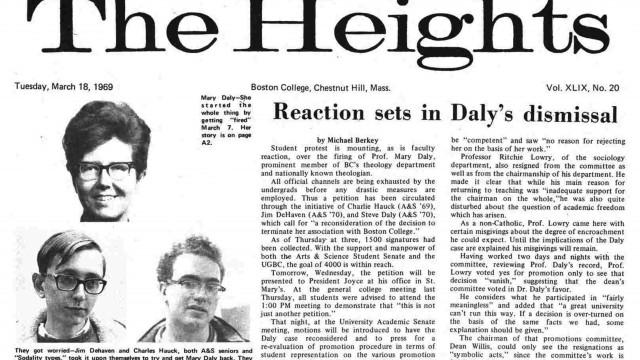
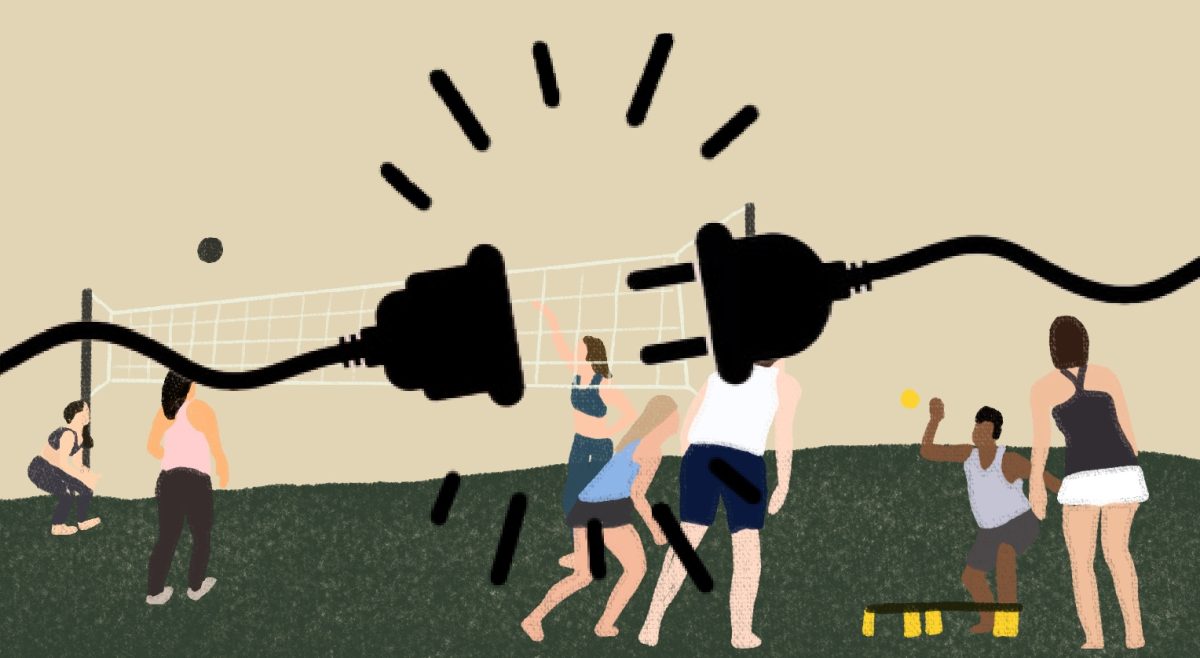


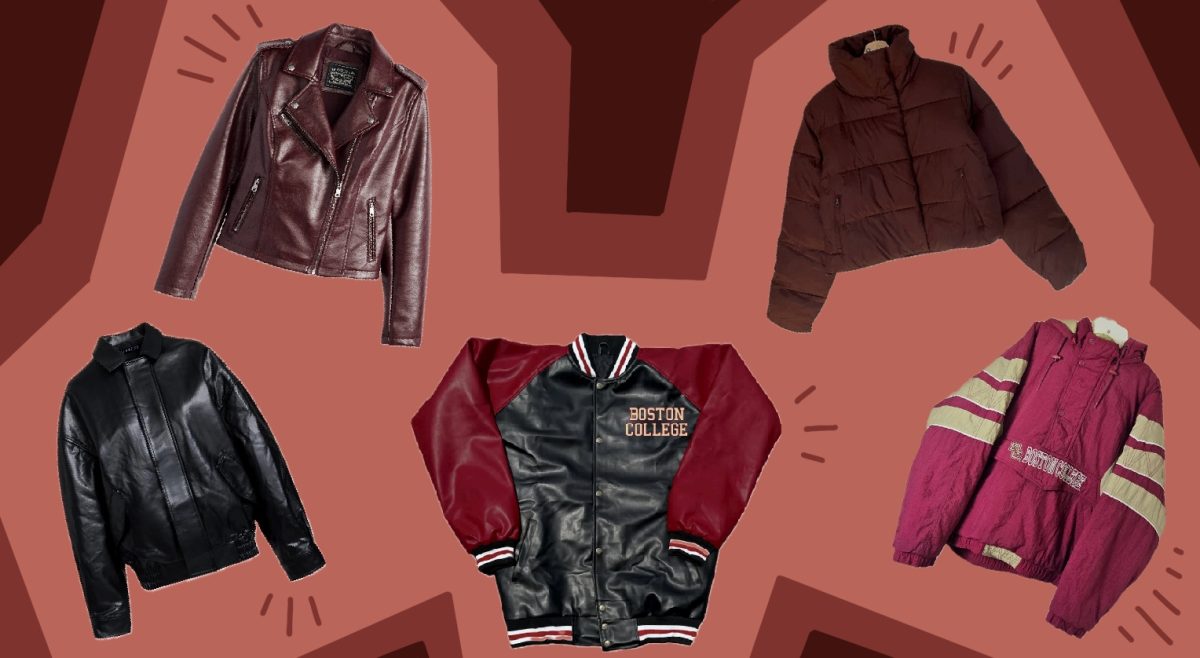
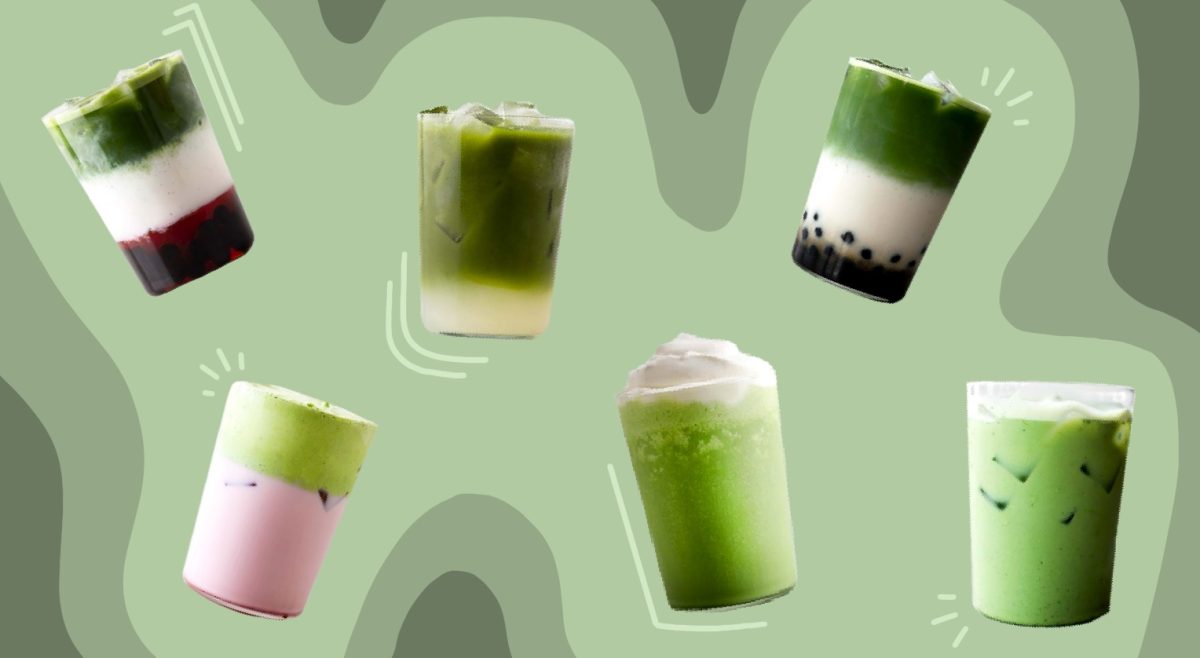

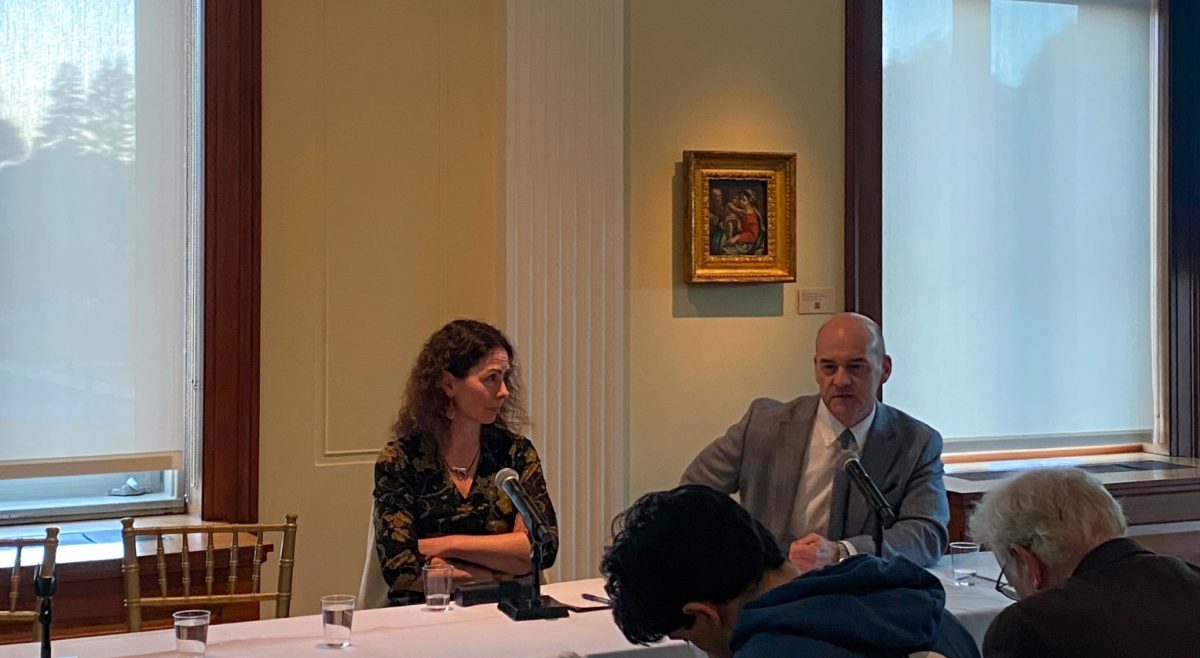
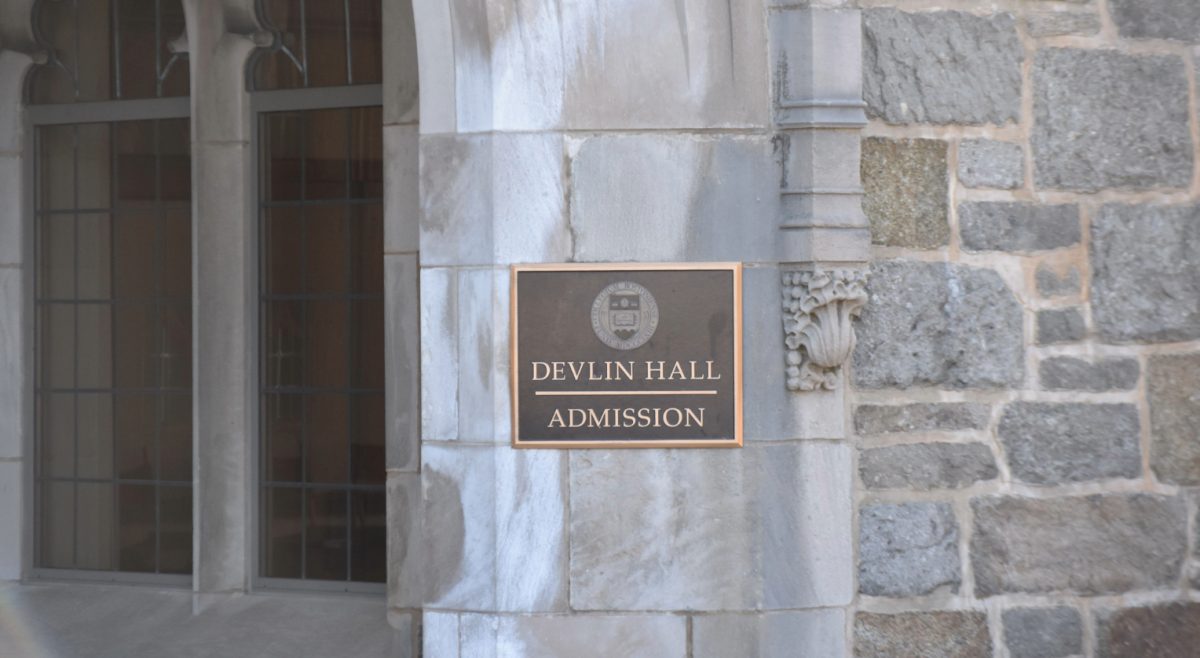

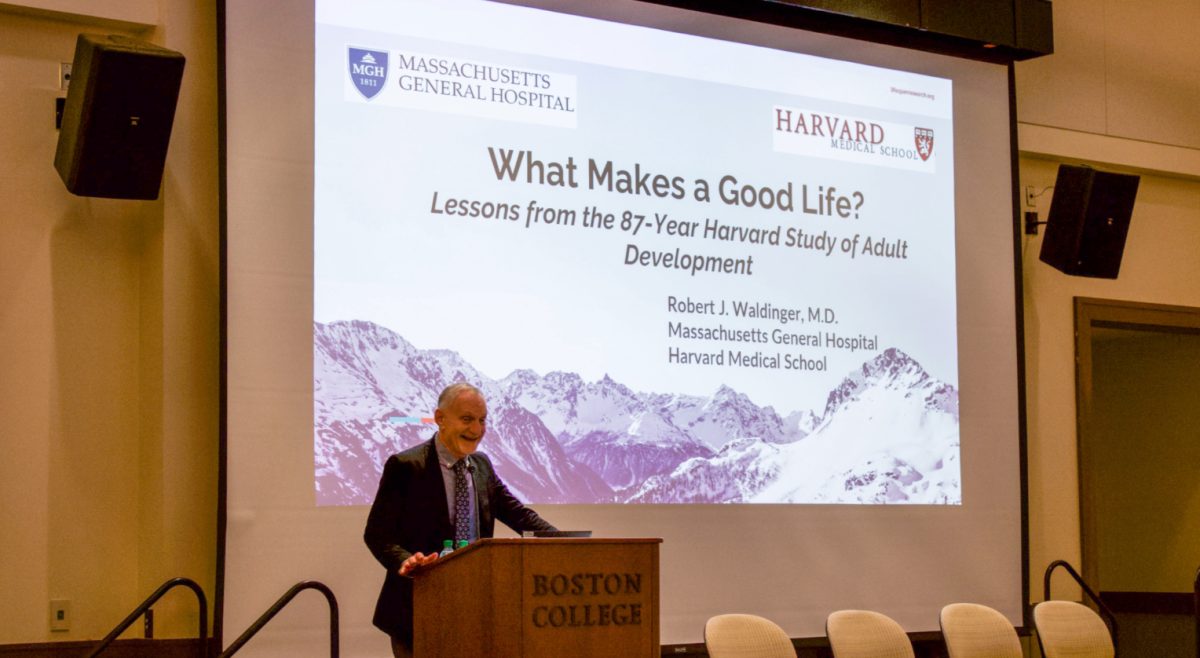
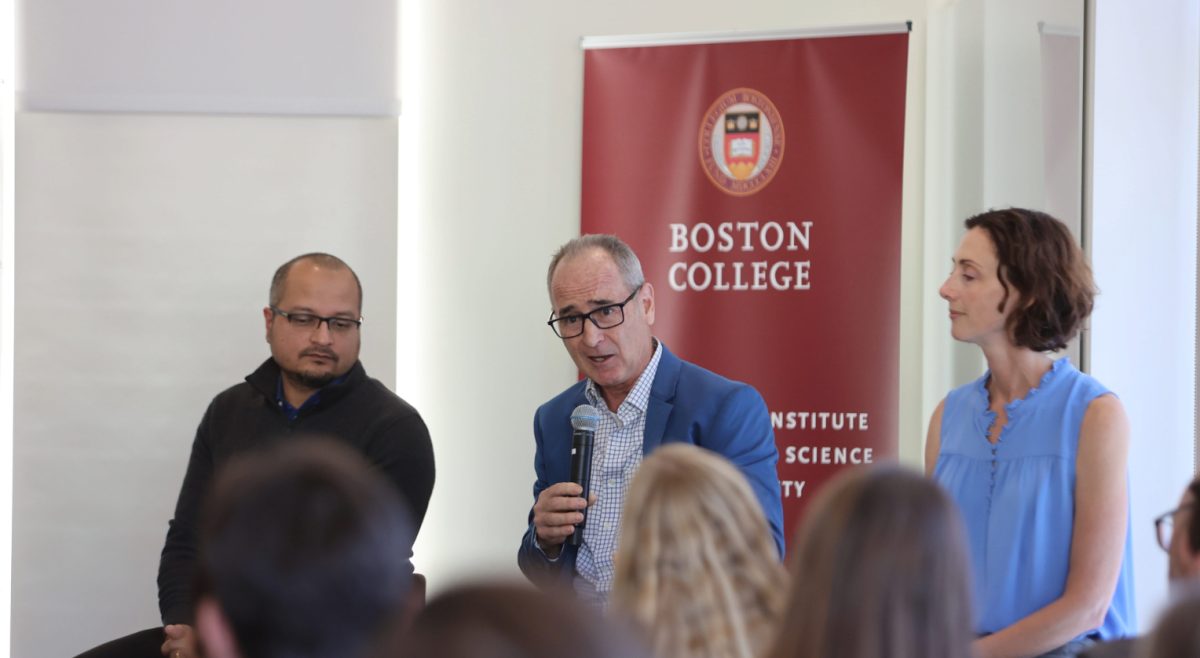


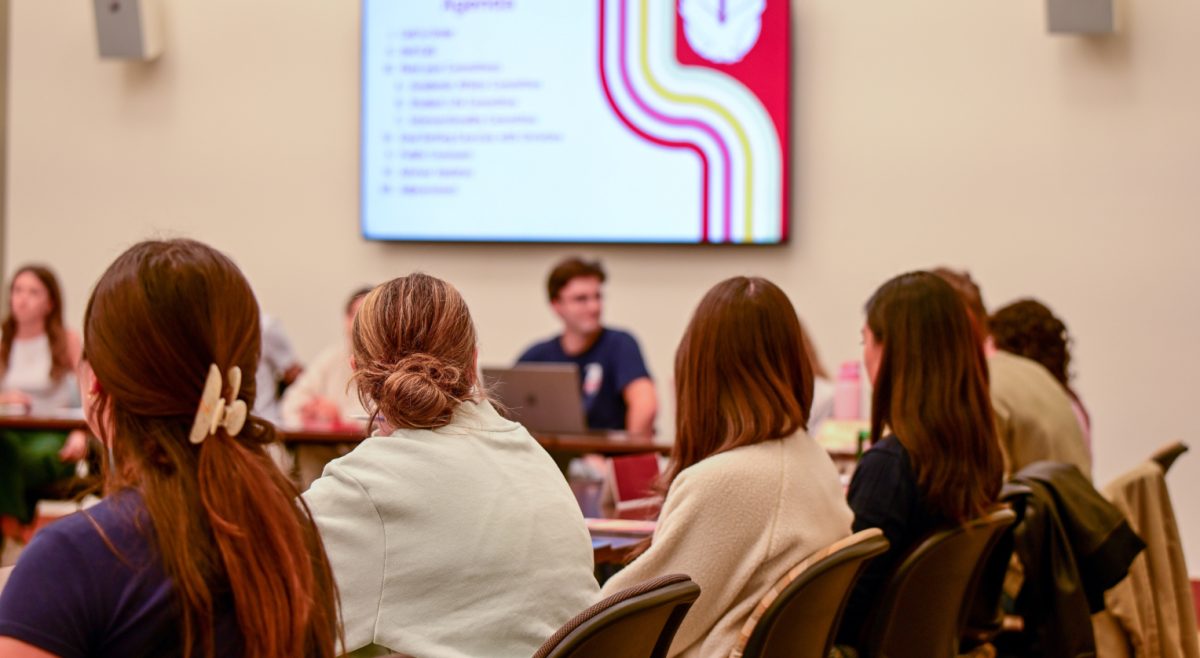
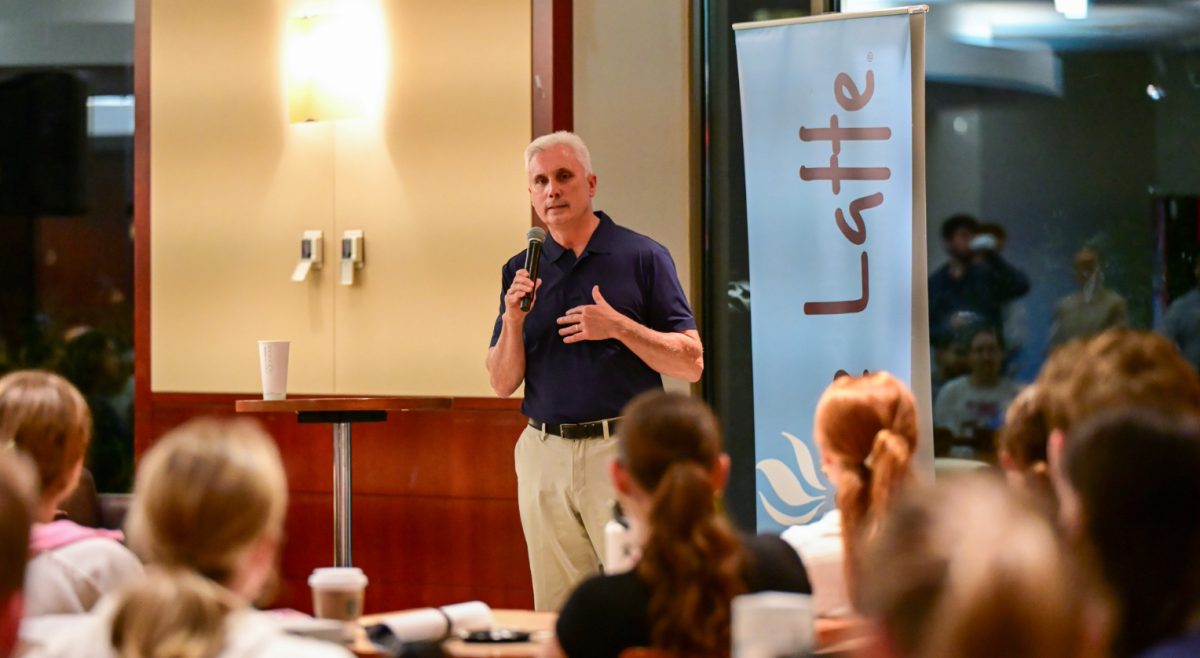
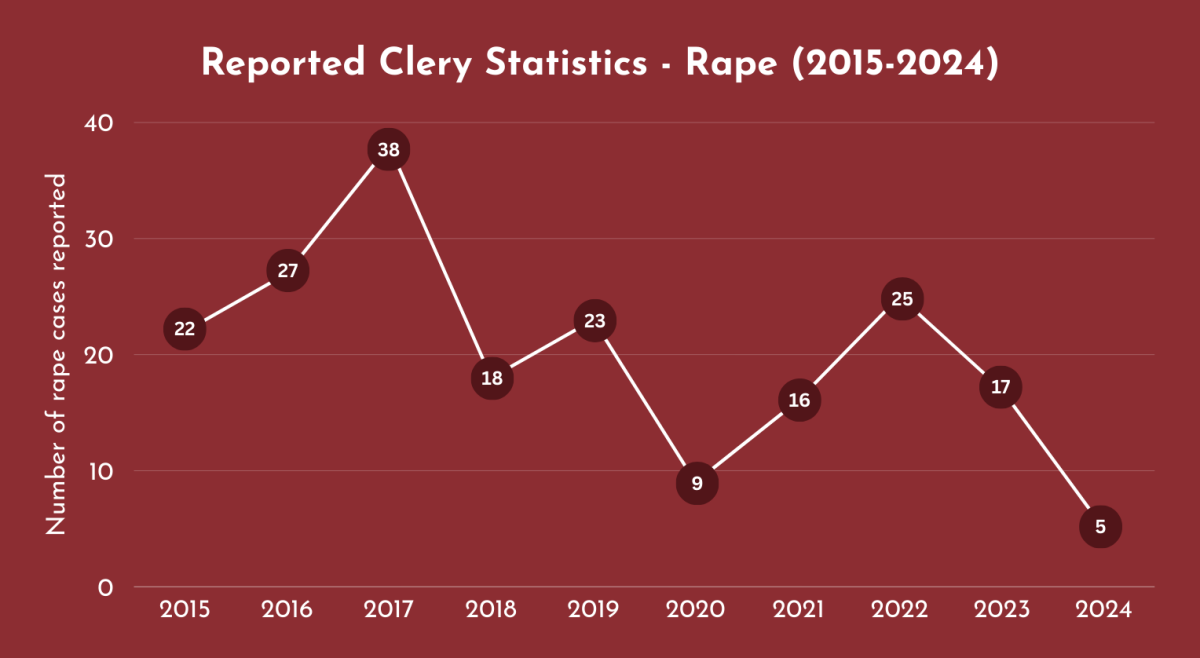

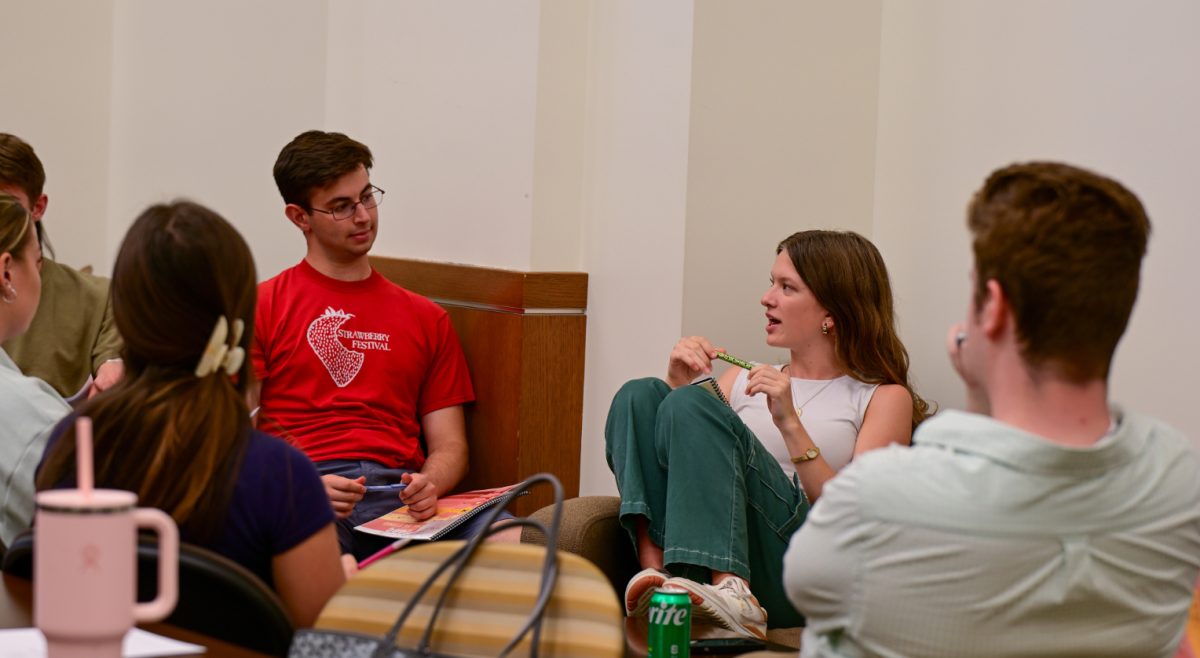
MCVK • Oct 6, 2015 at 6:15 pm
Speaking of football rivalries, I was a student when BC made it back to the top (so to speak), and played Notre Dame at Chestnut Hill in 1975 (I believe) for the first time in 25 years. It was an election year, so Ted Kennedy, Tip O’Neill and Jimmy Carter attended the game, if I remember correctly. Jamie Bush (cousin of George W and Jeb) was living in Shaw House and quit school to campaign for the Republican candidate. Who was that again? ELL OH ELL.